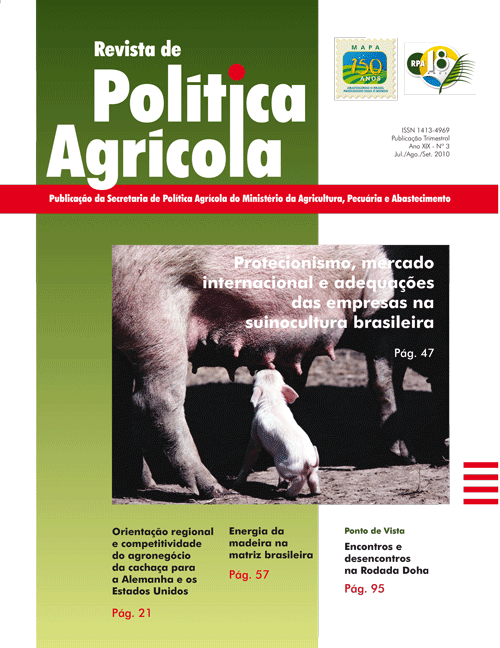Deregulation and migration of sugar cane in Alagoas
Keywords:
microregion, spatial relocation, sugar-alcohol sectorAbstract
The economic formation of Alagoas is strongly related to the sugar cane culture introduced in the colonial period. Initially, the sugar cane plantations and mills were installed on the state’s coast, in areas where the topography was more rugged, but the soil and hydrography were conducive to the cultivation of cane. Innovations by the sugar-alcohol sector enabled the planting of sugar cane in the tablelands, by making mechanization of the harvest feasible. This allowed the migration of cane plantations to these regions, releasing areas which are now occupied for raising cattle. This article makes a descriptive analysis of the interesting changes in the sugar-alcohol sector that allowed the expansion of sugar cane production in East Alagoas, but in a transition process that reveals the importance of analyzing disaggregated data of microregion, such as the specific edaphoclimatic characteristics and relevance of diffusion of technologies.Downloads
How to Cite
Anjos, K. P. dos, & Lages, A. M. G. (2015). Deregulation and migration of sugar cane in Alagoas. Revista De Política Agrícola, 19(3), 83–94. Retrieved from https://rpa.sede.embrapa.br/RPA/article/view/352
Issue
Section
Artigos Científicos


